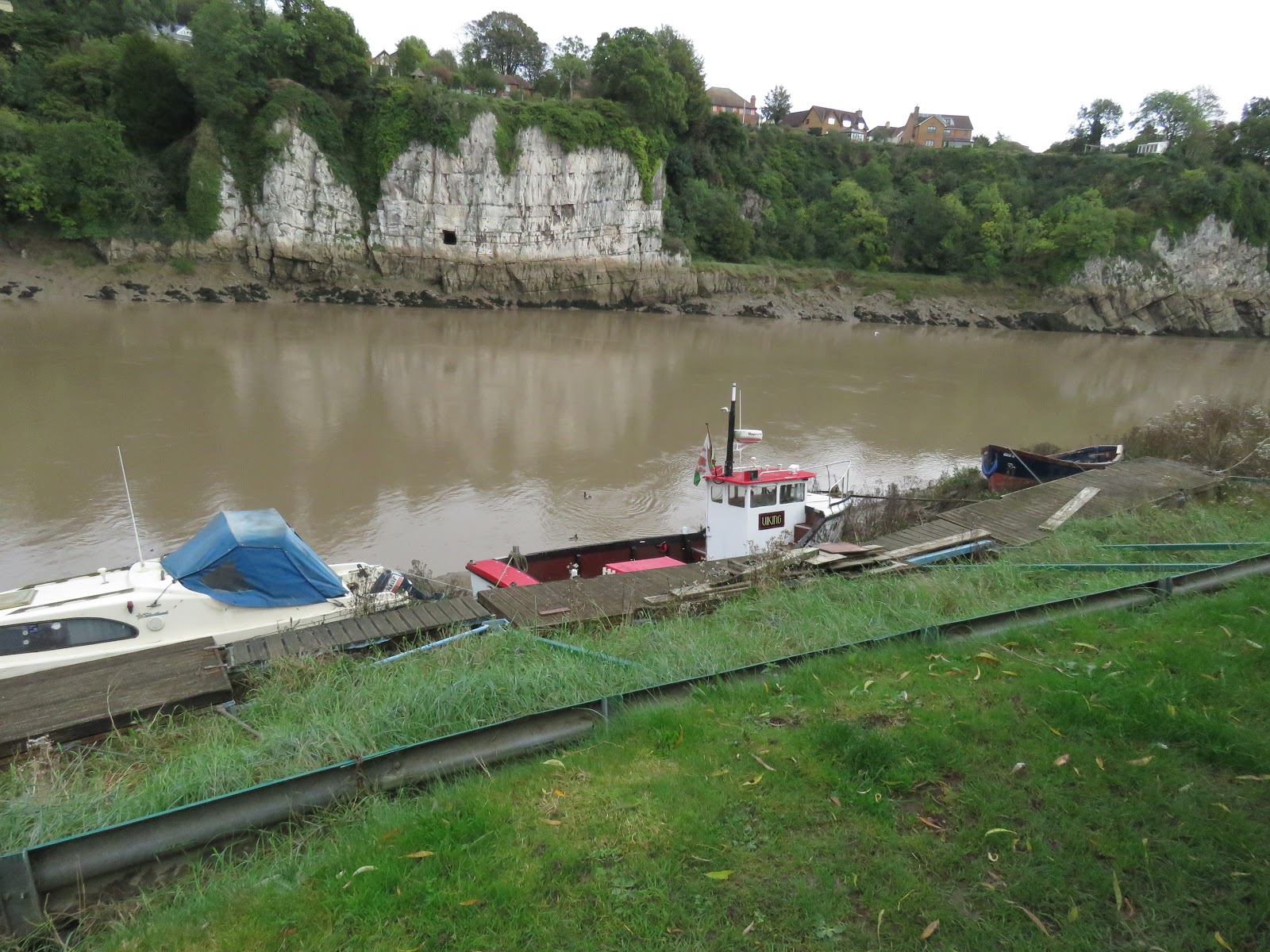 |
| Tom seated at the table in Murano specialty restaurant. Tom took a photo of me, but it was too blurry to post here. |
Celebrating our seventh anniversary of traveling the world in Murano Restaurant aboard Celebrity Silhouette was ideal for observing the special occasion.
 |
| A tower of unsalted butter and crusty rolls, which Tom tackled with enthusiasm. |
The fact that Celebrity had “comped” the meal due to the flood in our cabin in the middle of the night made the event all the more enjoyable, knowing we didn’t have to add another $150 (including gratuity) to our bill.
 |
| My ice cold seviche. |
We’ve easily used our $400 cabin credit for other items, including dinner in Qsine and a lovely sterling silver necklace I purchased that hides the scar from my open-heart surgery. I also included a high-quality pair of matching earrings.
 |
| Murano has a pleasing atmosphere. |
The jewelry was pricey at $345, but I rarely purchase anything expensive for myself. I justified this purchase for these particular reasons. It felt wonderful wearing this fine piece of jewelry on the two formal nights when I wore dresses with a little bit of a low neckline.
 |
| This small tower of seafood was not only pleasing to the eye but delicious. I asked them to return this one and bring me another without the wheat cracker at the bottom. |
Most likely, there will be one more formal night to go.
This jewelry will serve me well in the future for dress-up nights on other cruises and other social events. I can’t begin to say how much more at ease I am wearing the necklace.
 |
| Tom’s lobster bisque. |
Yesterday, we spent the day in Boston, but we, along with many other passengers, stayed aboard the ship again. It was cold and windy, and we didn’t have the appropriate clothing for such weather.
 |
| Scallops in a puff pastry roll. |
We’ll have to figure something out for clothing for our arrival in Minnesota in five days as the cold winter weather rolls in, not unusual for November. No doubt, it will snow while we’re there.
 |
| This was fish in another pastry for Tom. |
We continue to have a perfect time on this ship. We’ve probably made more friends on this ship than any other in the past, literally handing out dozens of business cards with our web address.
 |
| This was my cold spinach salad, dressed in a tasty vinaigrette and topped with a chilled poached egg. Its appearance was odd, but the flavor was superb. |
As it turns out, many people have approached us, saying they “already know us” from our over seven years of posts. We certainly realize our lifestyle is unique from that of many other frequent world travelers.
 |
| The platter of accompaniments was prepared for the chateaubriand served tableside. |
We haven’t met anyone on this ship that has a situation similar to ours. Yes, many people travel, but all have homes, apartments, belongings, and a place they call “home.”
 |
| The flambe of the chateaubriand. |
Many express shock over how we ever managed to leave everything behind to embark on such an adventure. Overall, most struggle with the concept of ridding themselves of their treasured belongings.
Many have moved to other states/countries to their desired locales with good weather and, like us, don’t see their family and friends as often as they’d like. But, they, too, feel a powerful sense of freedom and commitment to carry on their lives, experiencing as much of the world as possible.
 |
| Slicing the delicious, well seasoned, and prepared chateaubriand. |
It’s been purely delightful sharing stories with other travelers, further confirming that we are not alone in our desire for wanderlust and a somewhat nomadic lifestyle.
Today, a sea day, we spent most of the day in the Cafe al Bacio enjoying our unlimited drink package, including specialty coffee, tea, and other beverages. I don’t drink alcoholic beverages during the day, but Tom has partaken of a few Pina Coladas and other exciting coffee drinks.
 |
| We shared the chateaubriand for two but also ordered the lobster as the main course. |
Soon, we’re off again for yet another evening of entertaining conversation, good food, and adult beverages. I’ve been sticking with my daily limit of two small glasses of fine cabernet sauvignon, which is included in the unlimited drink package.
With each of the two glasses of wine, I always order a green glass bottle of Pelligrino (sparkling mineral water), making it possible for me to easily “stretch” the wine throughout the evening.
We’ll be back tomorrow with more food photos and updates.
May your Sunday evening be entertaining as well.
Photo from one year ago today, November 3, 2018:
 |
| Mom and offspring cuddling during a nap in our garden. Note the oxpecker on mom’s head. For more photos, please click here. |






































































































